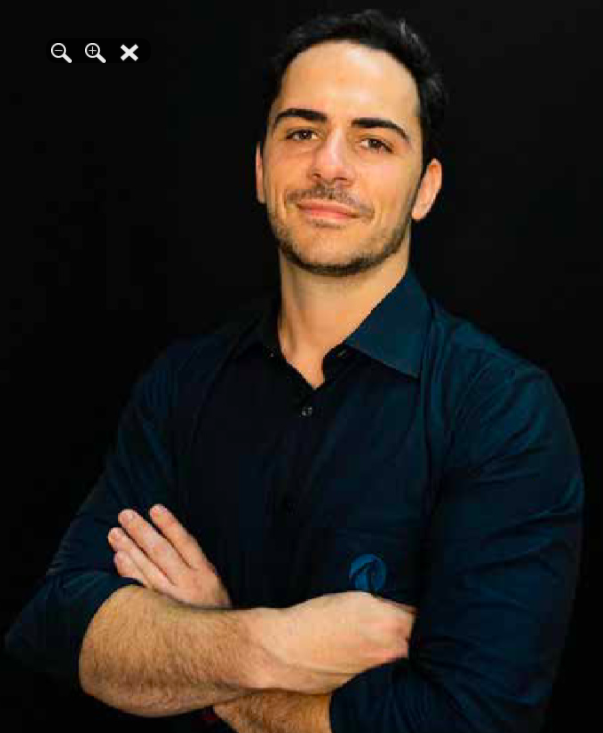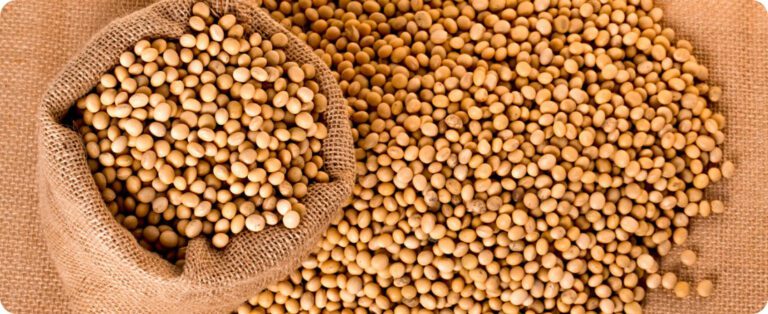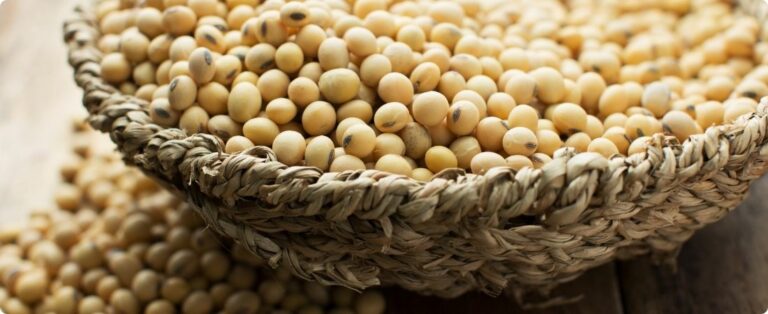After being subjected to the extraction stages, the oils and fats go to the refining process, which involves bleaching - which can also be called bleaching or clarification -, and its purpose is to remove substances such as proteins, phosphatides, chlorophyll, xanthophyll , carotenoids and other undesirable impurities, maintaining the stability of oils and fats, improving their colors and other organoleptic characteristics, giving products greater added value, meeting the requirements of each application.
The Commercial Manager responsible for the Palm & Lauric Oils business unit at Aboissa, Michel Malvasi, remembers that talking about physical refining 30 years ago would have been practically impossible, since the bleaching lands at the time did not have the efficiency of today, when there was no mention of silica for the extraction of phosphatides and metals. Added to this, the oily seeds were poorly packaged, resulting in crude oils of much lower quality than we have today. For these reasons, only chemical refining was used, which was more expensive, in addition to losses and generating effluents.
“Today, physical refining prevails, with exceptions in which some oils such as cotton, due to their properties, need to be subjected to chemical processes”, explains.
In relation to the evolutions observed in the bleaching process of vegetable oils and fats over the years, the Aboissa Manager highlights that important improvements have been made in the bleaching earths, silicas, filtration aid, hermetic filters, reactor vessels and processes in two phases, enabling the physical refinement and automation of plants.
 |
“The bleaching earth only works if the oil has a humidity below 0.2% and the silica – whose main purpose is to sequester proteins, phosphatides, soaps, metals and other contaminants related to flavor – if the humidity is between 0. 4 and 0.8%. For these reasons, the traditional bleaching process went from a single stage to two stages. The agitation of the bleachers (reactor vessels) became more efficient with rotations of around 130 RPM or with the use of internal ejectors, which is actually the pre-treatment. We also had the evolution of plate filters to hermetic ones, allowing us to work at higher temperatures without oxidizing oils and fats, obtaining maximum yield from bleaching soils.” |
Carlos Napravnik, responsible for Vácuo Técnica, a company that designs and manufactures equipment for refining vegetable oils, a partner of Aboissa, adds that in terms of new features it is worth highlighting the use of three filters to save bleaching earth, obtaining the same result, passing the oil or fat through the filter that is about to saturate and then performing the filtration in another clean one with a pre-coat.
“Some North American and European companies have been using back-cleaning filters for bleaching. What differentiates them from hermetic filters is that their filter elements are constructed in a way that greatly improves clarification performance. The information we have is that up to 18% of bleaching land is saved. In Brazil, for now, the method is being studied.”
NEW OPTIONS FOR EDIBLE OILS
Aimed at the continuous improvement of its products and the current demands of the oil market, the Buntech highlights its Clarigel clays: RP, RPAP, and CA. The first two are natural (they do not go through the acid activation process) aimed at clarifying palm oils and the third for citrus soybean and canola oils with a high concentration of chlorophyll and difficult to remove this compound.
| “Clarigel RPAP, in addition to helping the process of oils that require natural clays, just like Clarigel RP, has the advantage of helping the filtration process, generating industrial gains that result in less cake, longer filtration time and more oil. Of course. Clarigel CA attacks the chlorophyll present in the oil, in high quantities, without the need for a large dosage of clay in the clarifier”, details the Technical Consultant in the Filtering and Clarifying area of Buntech, Rodolfo Gasparetto Manzoli. |  |
Buntech's Technical Consultant explains that when bleaching palm oil the biggest challenge is to avoid contamination by 3-MCPD and Glycidol Esters (GE), therefore, the increase in the use of natural clays, as acidically activated clays contribute for more contaminants.
“In the case of soybean oil, which is the flagship of edible oils in Brazil, attention is focused on reducing costs in the processes. A lower dosage of clay generates lower purchasing, storage and disposal costs, in addition to reducing oil loss during the filtration process.”
Source: Oils and Fats Magazine
{module Form RD}















